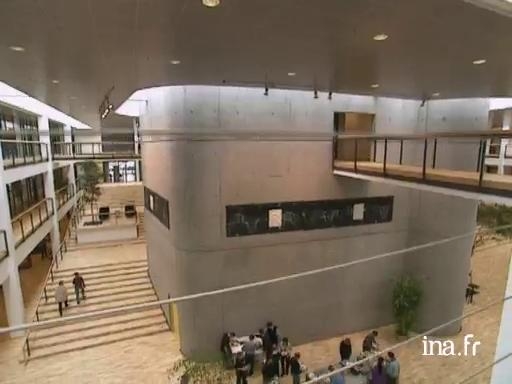Danish design

Information
Report on Danish art of living, characterised by a minimalist but aesthetic design.
Context
Climatic determinism, which encourages the seeking of home comforts in winter? Modest energy reserves, which limit industrial production to benefit creation and service activities? Or even favourable legislation, which allows for the development of a culture of "Beautiful, simple and useful"?
For all these geographical, cultural and social reasons, Denmark is without a doubt the nation of design, the cradle of production with an international influence, embodied and nourished by generations of designers ready to tackle all kinds of creative challenges. This reputation, forged since the 1930s, was reinforced after the war through the work of artists like Arni Jacobsen and Nanna Ditzel. With her contemporaries, the latter, born in Copenhagen in 1923, had been a very influential figure in the "Danish school" from 1946 which was the year her agency opened, to her death in 2005. With a refined style, minimalism and functionality are the main characteristics of her interior object and furniture creations.
Heirs of this heavy "golden age" burden, young Danish designers of the 21st century are less concerned with revolutionising the founding principles of this art, just adapting them to new objects and behaviours in their time (portable telephone, computer, space and rhythm of life...) by investing more willingly in the world of work and enterprise, pushing the evolution of this "art of better living" into "the art of better producing".




